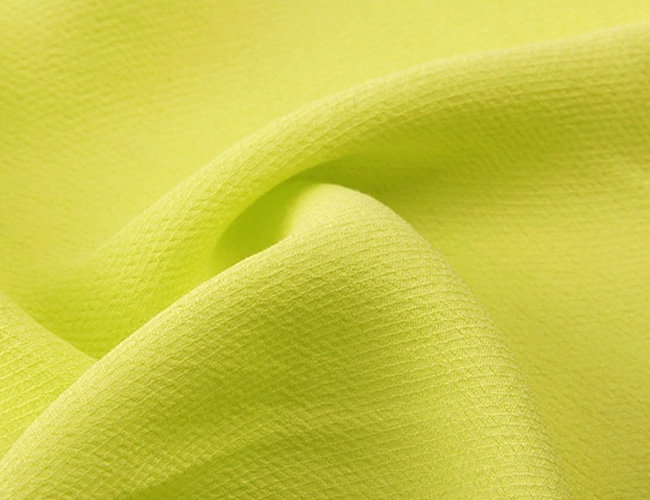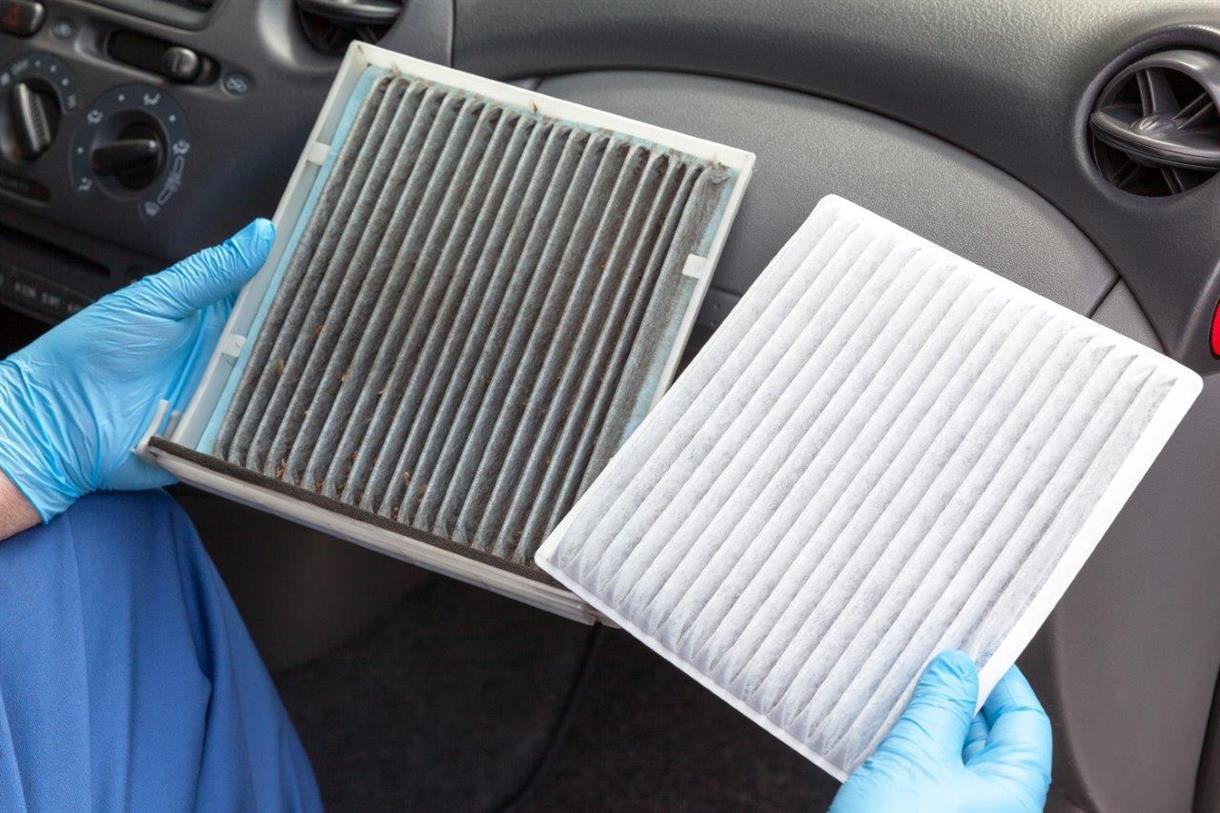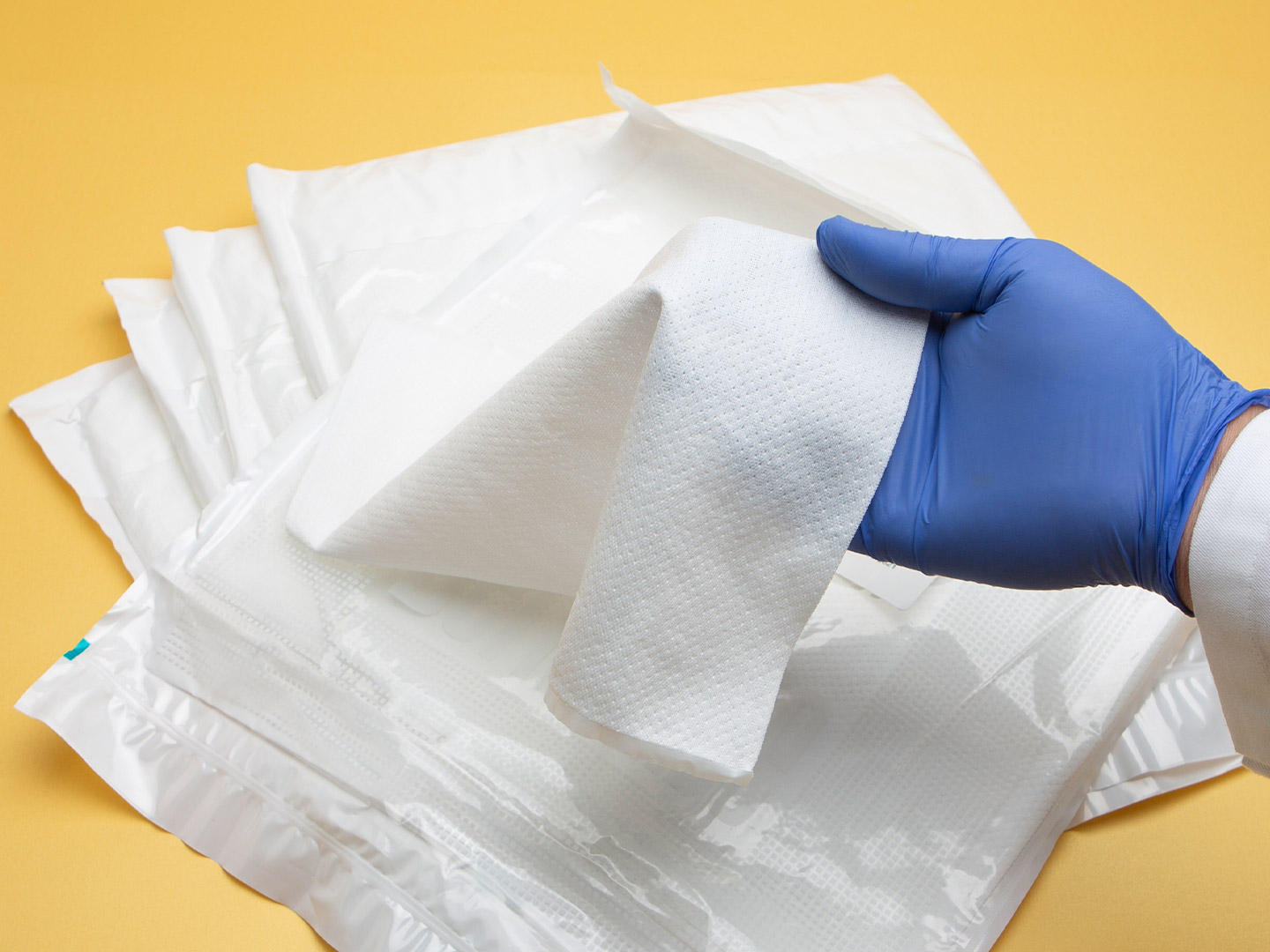
Viscose fiber, also known as viscose yarn, belongs to a kind of artificial fiber. Viscose fiber is the main variety of artificial fiber, which is the second largest production of chemical fiber in China. It is also divided into viscose fabric and rayon fabric s main raw material is chemical pulp, including cotton pulp and wood pulp, which is regenerated by separating natural cellulose through a chemical reaction. The raw material used in China is mainly cotton pulp.
Cotton staple, wood pulp and bagasse are the main raw materials for the production of viscose fiber, of which pure pulp is obtained and finally made by three processes: classical method, continuous impregnation and pressing, crushing, and non-combining machine.
Viscose is chemically treated with caustic soda and carbon disulfide to obtain sodium cellulose xanthate, which has an orange color, and then dissolved in dilute sodium hydroxide solution to make a viscous spinning stock.
After filtration, maturation and defoaming procedures, the viscose is then used for wet spinning, so that the viscose reacts chemically with the coagulation bath composed of sulfuric acid, sodium sulfate and zinc sulfate, and the cellulose sodium xanthate in the viscose reacts with the sulfuric acid in the coagulation bath and decomposes, and the fiber is regenerated and then precipitated.
The production process of viscose fibers is now very mature and well established, and the demand for them is very great worldwide. There are mainly the following reasons.
1) High cost performance. Viscose fiber is made from natural cellulose. As the second most produced fiber species (the first one is cotton), it has the features of cotton and hemp, but the production process and technology is much simpler than cotton. It has a wide range of raw material sources, so its production cost is more than 20% lower than cotton fiber, and even much lower than hemp, which directly determines its use and distribution in a very wide range of areas. Viscose fiber is especially popular in South America and Africa and other relatively economically backward regions.
2) Excellent moisture absorption and breathability. Viscose fiber has the title of "breathable fabric", and is the most moisture-absorbent fabric of synthetic fiber species, whose humidity is very suitable for the physiological requirements of human skin.
3) Good hand feel and durability. Viscose fiber products have a soft, fluffy, smooth and cool feel, with excellent drapability.
4) Wide range of applications. In addition to being used alone, it can also be interwoven and blended with many other different fibers, such as polyester viscose, nylon viscose, cotton viscose and wool viscose, etc. These products have the features of viscose fibers, but also have the functions of other fibers, which further broadens their use.
1)Viscose fiber is a kind of chemical fiber fabric, with heavy hand, poor stiffness, easy to deformation, elasticity is smaller than that of natural fiber.
2)Viscose fiber fabrics are poorly resistant to washing, not resistant to acid and alkali, easy to lose hair and pilling after washing, and has large shrinkage.
3)Dyed fabrics made of viscose fiber are easily wrinkled and difficult to return to their previous flat appearance after being rubbed and squeezed.
4)In the wet state, the strength of viscose fiber is poor. Its wet strength is much less than the dry strength, mainly because its expansion coefficient is 100%. Because its fiber structure is still tree-wheel-like lamellar structure, the gap between its layers is larger and the structure becomes loose, which is what causes its wet strength to drop greatly.
The basic composition of viscose fibers is cellulose. The cross-section of ordinary viscose fibers has a serrated skin-core structure with longitudinal straight grooves, while rich fibers have no skin-core structure and have a circular cross-section.
Viscose fiber has good moisture absorption, in general atmospheric conditions, the moisture return rate is about 13%. After moisture absorption, significant expansion, diameter increase of up to 50%, so the fabric after the water feel stiff, shrinkage rate. The breaking strength of ordinary viscose fiber is smaller than cotton, about 1.6~2.7cN/dtex; elongation at break is greater than cotton, 16%~22%; wet strength decreases much, about 50% of the dry strength, and the wet state elongation increases about 50%. Its modulus is lower than cotton, easy to deformation under small load, and poor elastic recovery performance, so the fabric is easy to elongate, poor dimensional stability. The strength of rich fiber, especially the wet strength, is higher than that of ordinary viscose, and the elongation at break is smaller and the dimensional stability is good. The abrasion resistance of ordinary viscose is poor, while rich fiber is improved.
The chemical composition of viscose fiber is similar to cotton, so it is more resistant to alkali and not acid, but the alkali resistance and acid resistance are worse than cotton. Rich fiber has good alkali resistance and acid resistance. The same viscose fiber dyeing and cotton similar, dyeing chromatography full, dyeing performance is good. In addition, the thermal properties of viscose fiber is also similar to cotton, density close to cotton for 1.50 ~ 1.52g/cm3. The hydroxyl group of cellulose macromolecule is easy to occur in a variety of chemical reactions, therefore, can be modified by grafting and other methods to improve the performance of viscose fibers, and produce a variety of special-purpose fibers.
Ordinary viscose fiber is good moisture absorption, easy to dye, not easy to static electricity, has good spinnability performance. Short fiber can be pure spinning, but also with other textile fiber blend, fabric soft, smooth, breathable, comfortable to wear, bright color after dyeing, good color fastness. Suitable for making underwear, outerwear and various decorative items. Filament fabric is light and thin, in addition to clothing can also be woven and decorative fabrics. The disadvantage of this type of viscose fiber is poor fastness, low wet modulus, high shrinkage and easy to deformation, elasticity and wear resistance is poor.
1) When washing viscose fibers, they should be soaked at the same time, and the soaking time should not exceed 15 minutes, otherwise the stains in the washing solution will invade the fibers again.
2) Viscose fiber fabric will become hard when it meets water, and the fiber structure is very weak, so it should be washed lightly to avoid pilling or cracking.
3) Neutral detergent or low alkali detergent should be used, and the temperature of the washing liquid should not be too high, generally not exceeding 35°.
4) After washing, the fabric should be folded when the fabric is drained, and then most of the water will be squeezed out, but note that it cannot be twisted, otherwise it is easy to make the fabric extremely deformed.
5) After washing, it is forbidden to expose to the sun, and should be placed in a ventilated and cool place to dry, so as not to cause fading and shorten its service life.
6)For light viscose fabrics, dry cleaning should be used, not easy to wash, so as not to shrink out of shape.
7) Viscose fibers need to pay attention to abrasion, pulling, often change the wash, to prevent long wear deformation.
8) After washing, drying and ironing, the viscose fiber fabric should be stacked flat and separated by dark and light colors. Not suitable for constant hanging in the closet to avoid elongation and deformation.
9) Because the viscose fiber fabric is very hygroscopic, so it should be guarded against high humidity and unclean conditions caused by the phenomenon of mildew.
10) Ironing requires low temperature pad cloth, be careful to use push and pull, lightly placed and lightly held, so that the natural stretching flat.
Appearance: The fabric made of viscose yarn is flat, with few defects and no impurities, fine and smooth, with a certain degree of gloss. The surface of cotton fabric has some impurities, and the glossiness is not as good as viscose.
Burning phenomenon: viscose violent burning will appear curling and melting with off-white ashes; cotton fiber burning does not shrink or melt with orange flame, blue smoke and black ashes.
Feel: viscose fabric feel mostly soft, while cotton is coarse and hard texture.
Foldability: Viscose yarn cotton fabric is easy to fold, fold on and then open it will have wrinkles, and it is not easy to recover in time, while cotton fabric although there are folds, but to be more slight than viscose yarn cotton fabric.
Strength: In terms of strength, viscose is clearly inferior to cotton, especially in a humid environment, fastness is poor, cloth edge draw comparison will be able to see that viscose yarn than cotton yarn is more likely to break.
The raw material of viscose fabric comes from the green plants in nature. After refining and processing, the performance is close to that of natural fibers. Whether used as a pure or blended production of high-grade fabrics and garments, they are favored by domestic and international markets. Viscose fiber is fully capable of popular fashion needs, many of the popular textiles in the international market contain viscose components. From the analysis of the international consumption ability, the market is becoming more diversified, countries on the textile has no longer pursue its strength, but require comfort and novelty. Among all fiber products, viscose is undoubtedly the ideal fiber to meet this requirement.
In addition, viscose comes from nature, and after consumption is basically used for incineration, landfill and composting, it is returned to nature again. With the advancement of time and technology, the technology of "recycled viscose fabric" made from recycled cotton fibers has been developed to help the sustainable recycling market. The reason why it is a recycled viscose fabric is that this viscose is made from recycled post-consumer cellulose fibers, especially cotton fibers, which turns waste into treasure and also reduces production costs.
The reason why recycled viscose fibers can help sustainable recycling fashion is that recycled cellulose dissolving pulp can greatly reduce water and energy consumption, reduce greenhouse gas emissions, reduce solid waste generation and mitigate environmental pollution than virgin wood pulp. It is estimated that if all waste cellulose textiles in China can be recycled, it is equivalent to saving 10 million tons of crude oil each year, saving nearly one-third of the cotton planting area and reducing the emission of 40 million tons of carbon dioxide.
Looking back, examining the present and looking forward. Viscose fiber is promising, the future is promising , if you want to know more about viscose fiber and its products, welcome to contact us.
All Rights Reserved: https://www.groupgf.com/info-detail/viscose-fabric
Copyright Notice: This is an original (translated) article from G&F Group Inc., please indicate the source from G&F Group Inc.. If there is any infringement, please contact us first.
 Nonwovens in daily life ----- filtration
Nonwovens in daily life ----- filtration
 Nonwovens in daily life ----- automotive
Nonwovens in daily life ----- automotive
 What is SAP – superabsorbent polymers
What is SAP – superabsorbent polymers
 The Future of Global Nonwoven Wipes to 2029
The Future of Global Nonwoven Wipes to 2029